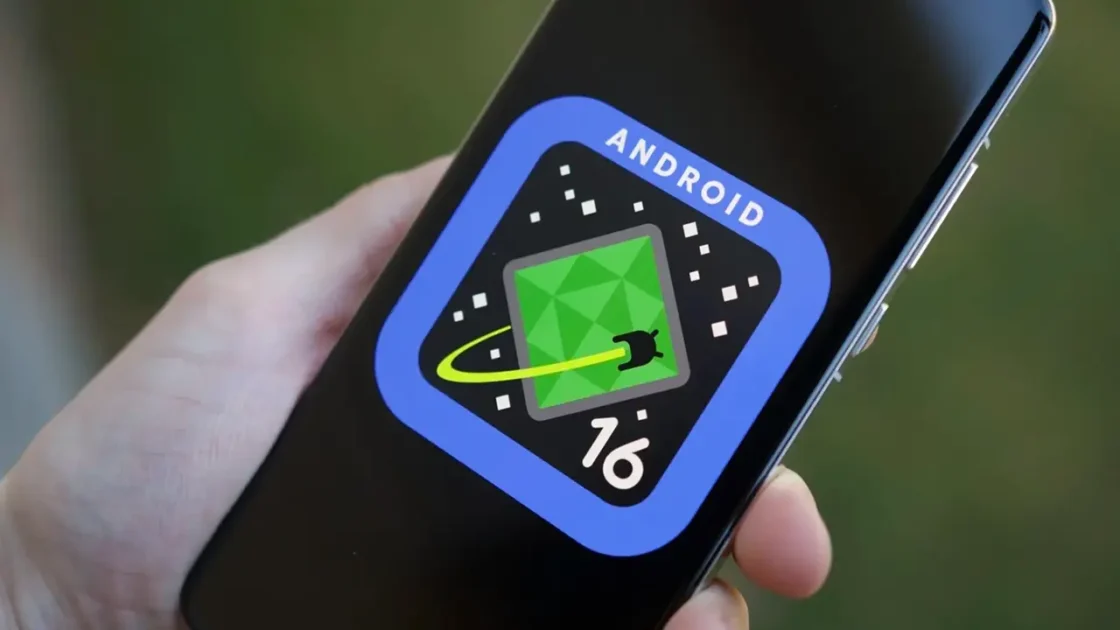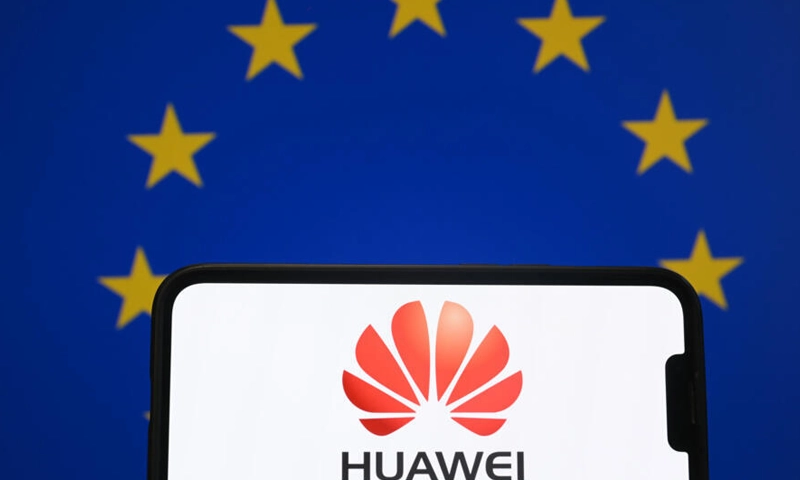- Web Desk
- 1 Hour ago

Xiaomi’s Xring O1 chip might be the Snapdragon killer no one saw coming
-

- Web Desk
- 6 Hours ago

WEB DESK: Xiaomi has launched its first high-end smartphone processor, the Xring O1, signalling a major shift in its strategy to reduce reliance on chipmakers like Qualcomm. Built on a cutting-edge 3nm process, the chip is positioned to compete with top-tier processors such as Qualcomm’s Snapdragon 8 Gen 4, MediaTek’s Dimensity 9400, and Apple’s A18.
The Chinese tech giant also introduced new devices powered by its silicon: the 15S Pro smartphone, the Pad 7 Ultra tablet, and an upgraded Watch S4. The launch underscores Xiaomi’s growing ambition to control more of its hardware stack — a strategy long pursued by rivals like Apple.
The Xring O1 features a 10-core CPU, including two high-performance Arm Cortex-X925 cores clocked at 3.9GHz. It is paired with a 16-core Immortalis-G925 GPU, the same top-tier graphics engine used in MediaTek’s latest flagship. While performance specs like core counts and clock speeds offer limited insight into real-world speed, Xiaomi claims the chip scored over three million on AnTuTu, putting it in the upper tier of mobile processors.
This is Xiaomi’s first in-house phone chip since the midrange Surge S1 in 2017, but the Xring O1 is a much more serious play for flagship territory. It reflects the company’s long-term push to reduce dependency on US suppliers and compete more directly with global leaders in both hardware and semiconductor design.
To showcase the chip, Xiaomi is releasing the 15S Pro — a refreshed version of last year’s 15 Pro — now equipped with the Xring O1 in place of Qualcomm’s chip. The phone features a carbon-fibre chassis and launches alongside the Pad 7 Ultra, a high-end tablet with a 14-inch OLED display, 12,000mAh battery, and a slim 5.1mm profile.
Xiaomi is also targeting the wearable market with the Xring T1, a custom smartwatch chip that includes a 4G modem. It powers a new eSIM version of the Watch S4, though technical details remain limited.
While Qualcomm remains a key partner — the two firms signed a new multi-year agreement this week for Xiaomi to continue using Snapdragon chips — the debut of the Xring O1 makes clear that Xiaomi is moving toward more self-reliance. With Apple’s success in vertical integration as a blueprint, Xiaomi appears determined to follow suit.
Read next: Bankrupt battery maker Northvolt to end production





